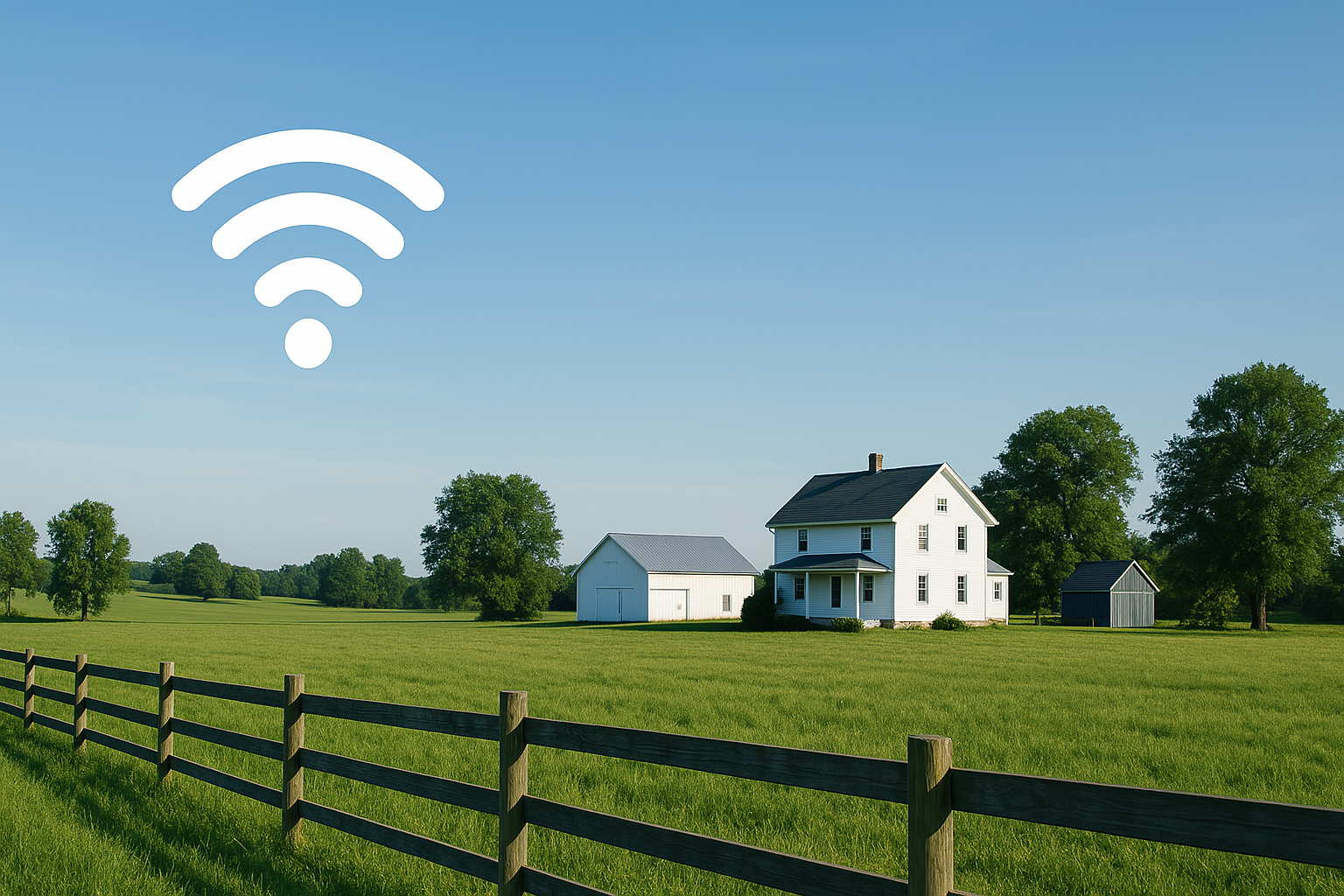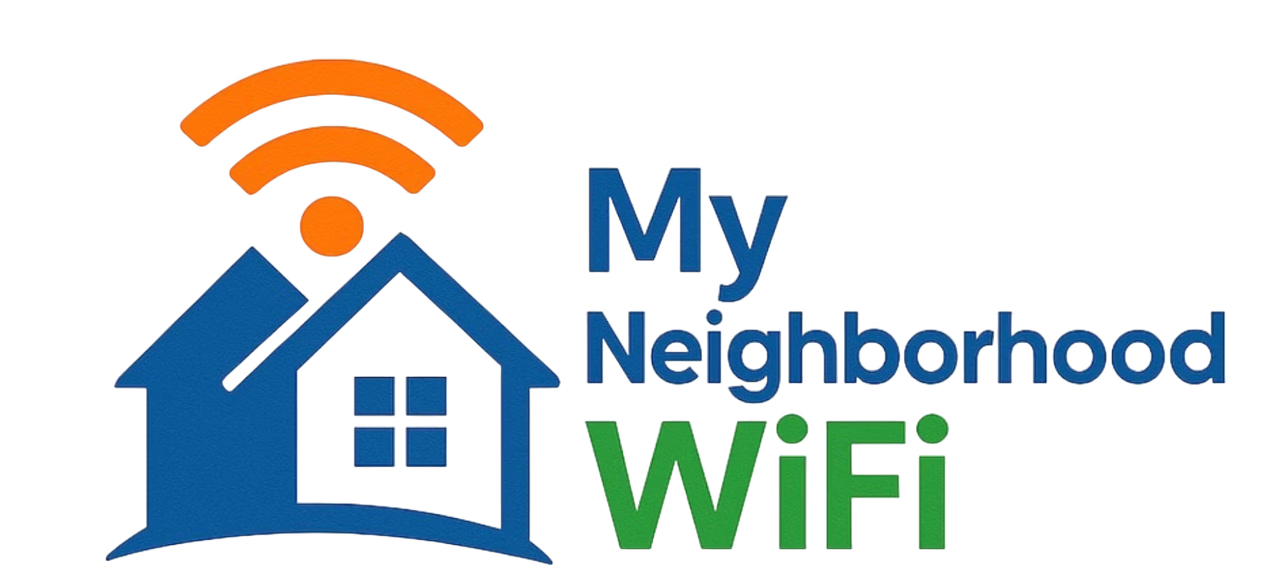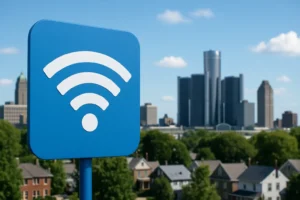
If you’ve ever lived outside of a major city, you’ve probably felt the digital divide.
Rural communities often struggle with reliable online access, but thanks to rural internet grants and programs, there is growing hope for better connectivity.
These initiatives are designed to fund infrastructure, support providers, and empower organizations to expand broadband access to underserved areas.
Why Rural Internet Access Matters
Having a strong internet connection is no longer optional—it’s essential. From remote work to education,
farming technology to healthcare access, rural communities depend on reliable broadband to thrive.
- Education: Students without broadband are at a major disadvantage in online learning.
- Agriculture: Farmers use smart tools, sensors, and satellite data to manage crops more efficiently.
- Healthcare: Telehealth requires stable internet connections to provide services to remote patients.
- Economic Growth: Businesses rely on fast speeds to operate competitively in a digital economy.
Key Federal Programs Supporting Rural Broadband
1. USDA ReConnect Program
The U.S. Department of Agriculture’s ReConnect Program offers loans, grants, and loan-grant combinations to fund efforts for broadband deployment in rural areas.
It focuses on areas lacking sufficient speeds and ensures that small towns, cooperatives, and local governments can compete fairly for funding.
Learn more directly from the program background on Wikipedia.
2. FCC’s Rural Digital Opportunity Fund (RDOF)
The Federal Communications Commission created the RDOF to distribute billions of dollars in subsidies to bring high-speed internet to rural regions.
Funds are allocated through a competitive bidding process, which allows providers to pledge service expansion to specified areas.
3. Community Connect Grant Program
This program provides funding to organizations that propose to build networks in areas where broadband isn’t currently available.
Recipients must also establish a community center with free internet access to help residents get connected quickly.
4. Tribal Broadband Connectivity Program
Dedicated to Native American communities, this initiative ensures tribes and native villages can receive federal support for broadband deployment.
It covers infrastructure, affordability, and even workforce development.
State-Level Rural Broadband Funding
Many states have launched their own funding programs alongside federal efforts.
For example, some provide grants for local ISPs, while others run cost-sharing partnerships to reduce the burden of large infrastructure commitments.
If you want to learn how a state-by-state breakdown of broadband initiatives looks, discussions on platforms like
Reddit’s rural internet community feature real stories from people applying for state-funded projects.
Non-Profit and Community-Led Efforts
Besides government-backed funding, grassroots campaigns and community cooperatives are critical in bridging connectivity gaps.
These include electric cooperatives using existing infrastructure for internet fiber, and local nonprofits raising awareness about grants that small towns can apply for.
Examples of Community Impact
- Library-based WiFi loan programs that lend mobile hotspots to rural families.
- Nonprofit initiatives working to deploy mesh networks in areas where broadband companies don’t invest.
- Farm organizations pooling funds to co-apply for USDA programs.
How Rural Internet Grants Are Applied
Applying for these funding opportunities can be complex, but many communities succeed by teaming up with local governments or telecom cooperatives.
Here are the basic steps most applications follow:
- Eligibility Check: Confirm the area meets requirements for being underserved or unserved.
- Partnerships: Often applications are stronger when cooperatives or municipalities partner with private ISPs.
- Planning Infrastructure: Applications usually require engineering studies or broadband maps.
- Community Benefit: Applicants must show how funding will improve access for residents, businesses, schools, or healthcare providers.
Table: Sample Broadband Programs
| Program | Organization | Primary Focus |
|---|---|---|
| ReConnect | USDA | Loans and grants for rural broadband |
| RDOF | FCC | Funding for providers through auctions |
| Community Connect | USDA | Networks in underserved communities |
| Tribal Broadband | NTIA | Connectivity for tribes and native villages |
Challenges in Expanding Rural Connectivity
Despite the funding available, many challenges remain:
- High Costs: Laying fiber optic cable over remote, rugged terrain is expensive.
- Low Population Density: Some regions don’t attract private investment as returns are slower.
- Technical Barriers: Weather, mountains, and forests often complicate internet deployment.
- Digital Literacy: Even when internet arrives, not everyone knows how to benefit fully.
Future of Rural Internet Development
With initiatives continuing to grow, the future of rural connectivity is more promising every year.
Emerging technologies such as fixed wireless, next-gen satellites, and community-driven fiber builds
will complement these grants to ensure broader coverage.
Discussions and personal experiences shared in places like Quora threads about rural internet access
show that communities benefit most when technology and funding programs work together.
Tips for Communities Seeking Broadband Grants
- Work with local universities or extension programs for technical guidance.
- Document community needs clearly through surveys and usage data.
- Engage local residents early so they understand the benefits of expansion projects.
- Collaborate with cooperatives, especially electric co-ops, which already have rural infrastructure in place.
- Join online communities like Facebook groups dedicated to rural broadband for advice and partnerships.
Conclusion
Rural internet grants and programs remain one of the most powerful tools for connecting underserved communities.
As federal initiatives continue to combine with state, non-profit, and grassroots support, the digital divide will keep shrinking.
Local leadership and community collaboration will be essential in accessing these funds and making sure every household, farm, and business
in rural America can log on with confidence.
“Most inquiries are answered within the same day”
Written by admin
Content writer and tech enthusiast sharing insights on internet connectivity.



